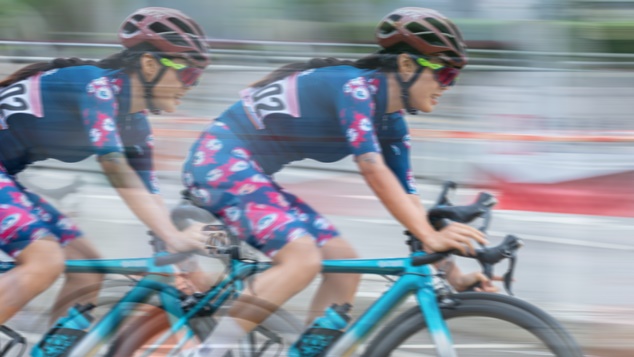
Cycling’s governing body has announced new rules for transgender athletes. Under the new rules transgender women will have to show they can maintain a lower level of testosterone than the previous rules required, and wait for two years, double the previous time period, before competing.
The rules used in the sport of cycling were put in place in 2020, and while they were much stricter than the overall rules applied by the International Olympic Committee in 2015, the Union Cycliste Internationale (UCI) says as more research has been published they have realised there is a need to apply a stricter set of criteria.
“In March 2020, the UCI published rules governing the participation of transgender athletes in events on the UCI International Calendar in the category corresponding to their new gender identity. Although these rules are stricter and more restrictive than those published by the International Olympic Committee (IOC) in 2015, the UCI has begun consideration on their adjustment following the publication of new scientific studies in 2020 and 2021.” the UCI said in an update from their most recent gathering.
The organisation says after reviewing the most recent research it has determined that participants must show a much lower level of testosterone, and a longer period of assessment is required, doubling the requirement to two years.
“The latest scientific publications clearly demonstrate that the return of markers of endurance capacity to “female level” occurs within six to eight months under low blood testosterone, while the awaited adaptations in muscle mass and muscle strength/power take much longer (two years minimum according to a recent study).
“Given the important role played by muscle strength and power in cycling performance, the UCI has decided to increase the transition period on low testosterone from 12 to 24 months. In addition, the UCI has decided to lower the maximum permitted plasma testosterone level (currently 5 nmol/L) to 2.5 nmol/L. This value corresponds to the maximum testosterone level found in 99.99% of the female population.”
The UCI said the new rules will come into effect from 1st July this year, and there may be more adjustments in the future as more research in the field is published.
“This adjustment of the UCI’s eligibility rules is based on the state of scientific knowledge published to date in this area and is intended to promote the integration of transgender athletes into competitive sport, while maintaining fairness, equal opportunities and the safety of competitions. The new rules will come into force on 1st July. They may change in the future as scientific knowledge evolves.” the UCI announced.
The announcement has received a mixed response with transgender women who are athletes voicing their frustration at the sudden change of rules, while some activists have argued that transgender women should not be allowed to participate under any circumstance.
British cyclist Emily Bridges has been a focus of the debate around transgender women’s participation in the sport, her family released a statement sharing their frustration about the “shifting goal posts”.
Bridges’ family said it was frustrating that she’d just been through a period of testing, and the governing body had given no indication they were considering changing the rules.
Cycling is not alone in reviewing the guidelines for transgender women participating in sport at the elite level, Swimming’s governing body is also expected to deliver an update on their approach later today.
Graeme Watson, image: stock image.
You can support our work by subscribing to our Patreon
or contributing to our GoFundMe campaign.






